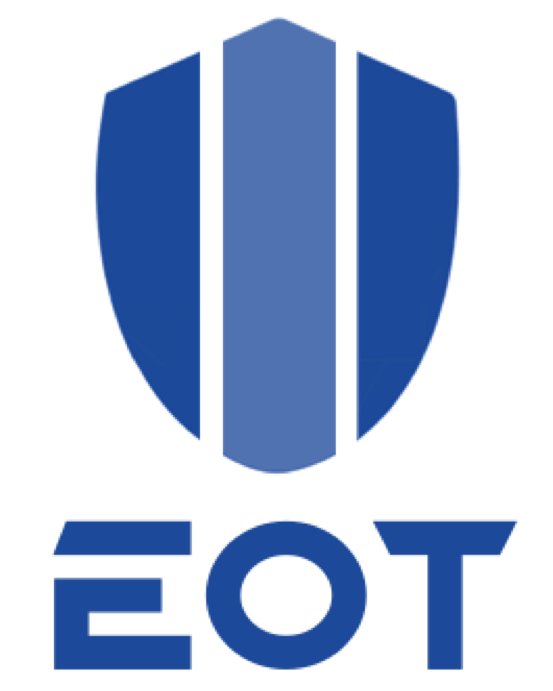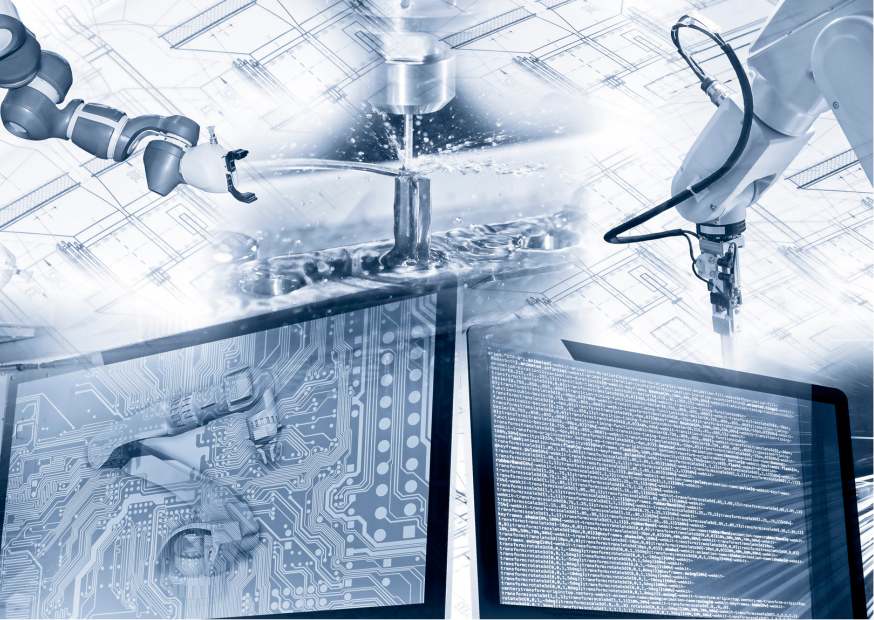- marketing admin
- Articles
Digital Twins are transforming how industries are running complex machinery and coordinating their operations globally in a connected manner. All of this is possible with the innovative technology called Digital Twin, that is a simple idea of creating a digital version of any real thing, either a product, process or any service, on the cloud space.
Before the predominance of this form of asset interpretation, a physical asset as a virtual one, the operation, maintenance and monitoring of the machineries, on-field and off-field equipments was so hectic and unpredictable, increasing the overhead of operation costs and unplanned downtime of the shop floor, off-shore rigging, sustainable energy farms (solar, wind).
The concept of Digital twin is never new, and has been since the inception of industrial revolution, and the only difference is the innovative ways of approaching the concept of having a digital replica of a physical asset. The rapid development of technology and mobile computing power, has made digital twin as the most sought after technology solution to handle potential problems in the networking of Industrial Internet of things (IIoT).
Types of Digital Twins
Digital Twins is not restricted to only physical assets but are extended to processes, products, or services. The major advantage of using a digital twin is its capability to replicate its Twin and sync with its operation and provide a visual perspective using the data points received through on-board IIoT systems.
Based on the extent to which Digital Twins are deployed on any of the physical world things, it is classified into four levels. (Industrial IoT: Rise of Digital Twin in Manufacturing Sector, n.d.)
At component level
To focus on a single component of all the entire machinery or process is the sole idea behind the component level creation of Digital Twin. It mimics all the intricate functions of this physical twin, and is the most detailed duplication. Usually, this can be helpful for critical components of the system and allows closer and dedicated monitoring of the components.
At Asset Level
This is one step away from the component which focuses on the asset in which multiple components can be present. It captures asset level behaviors of a part of the entire system. The designing of the Digital Twin at the asset level provides a great level of comfort in managing different aspects of the entire system.
At System level
To make a system level, the view of interactions between different assets or phases of the system, Digital Twins deployed at the System level shows the directions on various parameters of the system. This comes handy at situations where a partial to complete revamp of the system is required.
At Process level
Any production facility works on synchronized operation of its processes that take care of different aspects of the business functions. A process is an activity that captures the end-to-end cycles of operations and the sequence in which it is executed. This type of Digital Twin helps look at the entire life cycle of product, service or components in different processes such as manufacturing, production, or distribution of products.
Challenges of Digital Twins
Despite a heap of benefits that a Digital Twin offers it is good to understand the other side of how Digital Twins demand resources, computing power and networking infrastructure to keep it functioning to its full potential at all times.
Compute Power
The Industrial Internet of Things (IIoT) devices collect billions of data points as time series data for different parameter sets depending on the type of asset or process under management. To reduce the latency and data availability at the edge level, the concept of Edge processing needs attention.
Edge processing is simply an on-board compute resource that is stationed at the nodal point of the IIoT network that ensures network connectivity to the other devices outside of the operational network (OT), and handles computing queries at the scale possible at the node level.
It connects sensors, processes data and passes the data to the cloud platform, and comprehends data formats and makes it ready for network transit. Since it handles the critical network topology, the OT network that is the nerve of the entire IoT network, configuring and maintaining it with zero to minimal down time is a challenging task.
Secure Edge Computing
The IoT networks’ weakest link in the network is the node devices, that are the sensors and other edge computing components. Any malware injections into the network create a security threat and can penetrate the network locally and at times based on the firewall policies, can extend its influence to Enterprise Technology (ET) network devices. Considering the level of threat it poses to the network components, it is possible to secure the network using firewalls, tunneling of network connections or at the least do an end-to-encryption of network traffic to avoid common threats.
Use cases
The role of Digital Twins is appreciated the most in the heavy industries and energy sectors where the capital assets under daily operation are expensive to be replaced with and also needs to be operational for a healthy life time.
Predictive maintenance
Predictive maintenance adds a lot of value perspective, and is considered as the greatest benefit reap from IIoT analytics. The application of predictive maintenance is extended beyond the shop floor, for the products that are out there in the customer’s place and sending back data about its present working status.
As Lippincott says, “If you can get your customers to service the [equipment] rather than your technicians, you’re saving a ton in their time as well as on the equipment,” which manifests that IIoT’s value is beyond the shop floor and acts proactively sending automated messages to the customer on periodic maintenance of assets and its health condition.
Asset Tracking
For mining operations, oil refineries and renewable energy construction sites, movement of trucks loaded with valuable cargo is crucial as it needs to reach the location as per the planned schedule to avoid any lag in operations.
Sam Tawfik, IoT program director at Northeastern University Silicon Valley in San Jose, Calif, says, “IIoT analytics is also beneficial in terms of asset tracking”. Performing analytics on the data streams received from on-board IoT devices helps in reducing the down time of the fleet and making a planned decision in terms of the productivity of the assets on field.
These heavy machinery at work are tagged as trucks and cargo which is then monitored using GPS to locate and trace its present location and predict its appropriate arrivals and departures.
Another, interesting application of asset tracking is for the perishable goods transport where the containers are refrigerated to a specific temperature and need to maintain maximum service levels.



